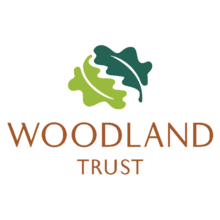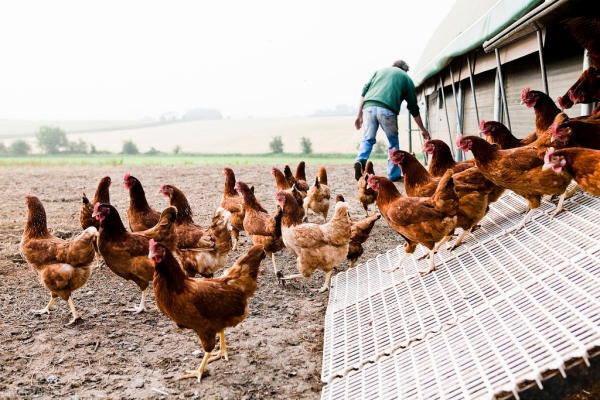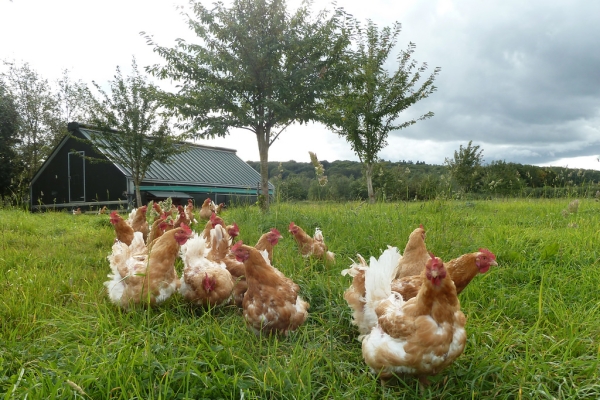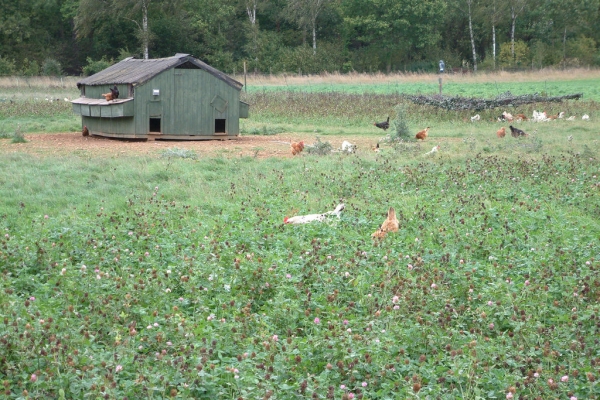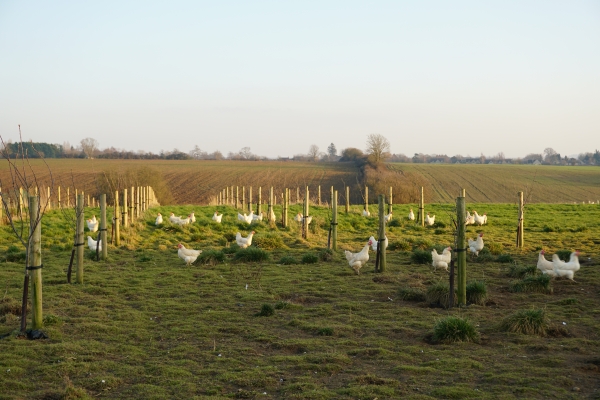Trees mean better business
improving free range egg production
Resource explained
This case study describes how David Brass, of the Lakes Free Range Egg Company, has come to appreciate the commercial and welfare benefits that planting trees can deliver on free range egg farms. It explains that 20% of the ranging areas used by the company are now tree-planted, and this has become a stipulation for all farms supplying eggs to them. It outlines how planting trees has cost benefit advantages by increasing the proportion of Grade A eggs produced and improving animal welfare, and describes the research that has supported this. There is a section describing the benefits of wooded ranges and encouraging natural behaviours, and the beneficial impacts this can have on production. There is also comment on how more farmers are seeing the benefits of tree planting since being driven to plant through enforced regulations. The study includes some useful ‘Key facts’ and ‘Tips on planting for poultry.’
Findings & recommendations
- The Lakes Free Range Egg Company obtained payback on the costs of tree planting within six months.
- Maintenance of trees is simple and low cost but does require specialist knowledge.
- Research has shown that tree planting can improve shell quality and increase the percentage of Grade A eggs laid.
- Health and welfare benefits from integrating trees with poultry include reduced stress, lower levels of injurious feather pecking, and lower hen mortality.
- Planting trees near chicken sheds can encourage chickens to venture out and range more and can also intercept ammonia emissions from sheds.
- Fast growing tree species and local varieties are recommended to be planted, with bushy species avoided to allow good grass cover to establish underneath.
- By drawing water into the soil, trees can improve waterlogged conditions and prevent pollutant runoff into watercourses.
- Trees can be selected to provide an additional cash crop i.e. some farmers are incorporating fruit trees, and they can also help with farm diversification / income through wood pulp from thinnings being used to feed into biomass boilers.
- Integrating more trees on your farm can have positive effects on wildlife and biodiversity; the Lakes Free Range Egg Company noticed barn owls and red squirrels becoming re-established.
Find out more about the Lakes Free Range Egg Company here.
Hear what David has to say about the benefits he has observed in the short video by the Woodland Trust…

